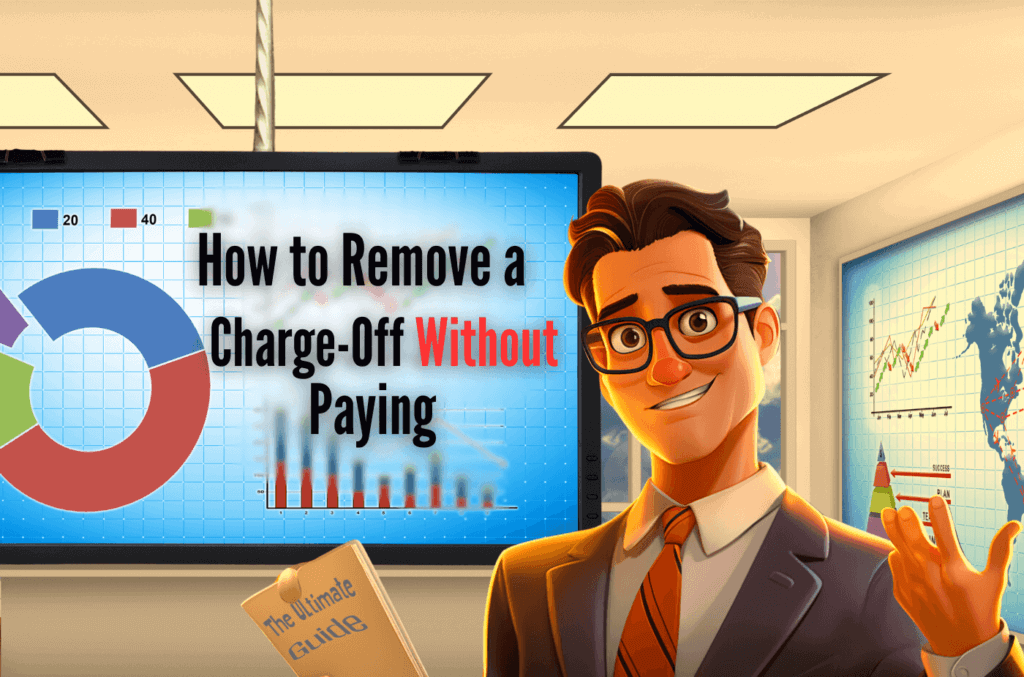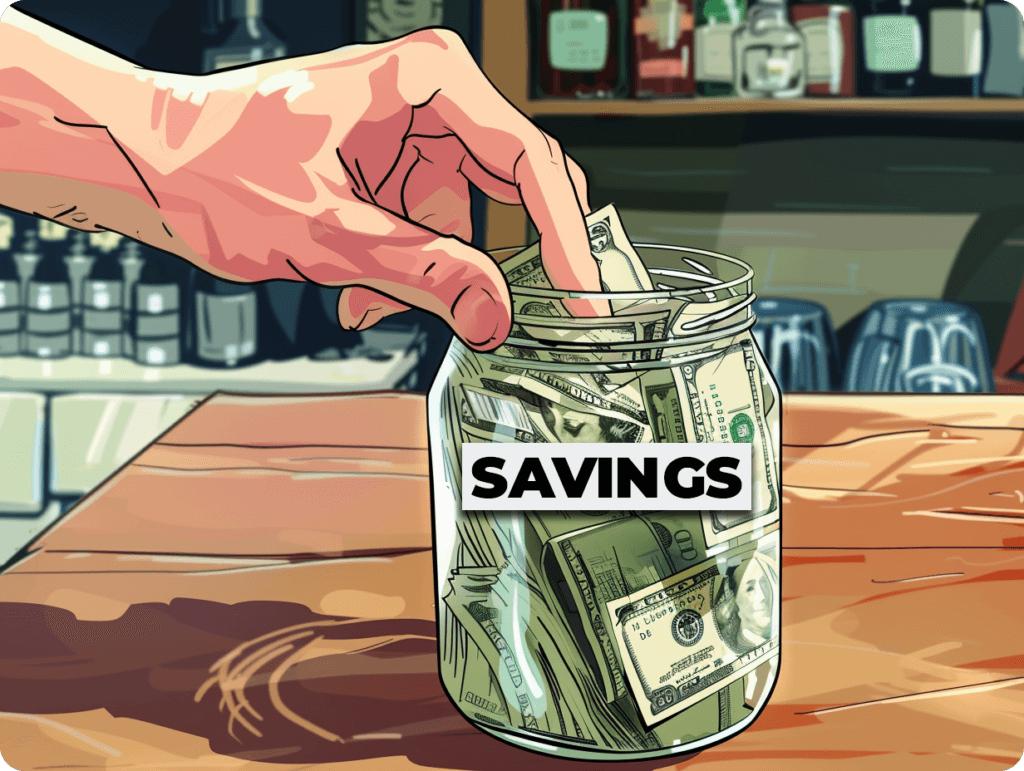- Blogs
- /
- How Long Does Inflation Last? An Expert’s Answer
How Long Does Inflation Last? An Expert’s Answer
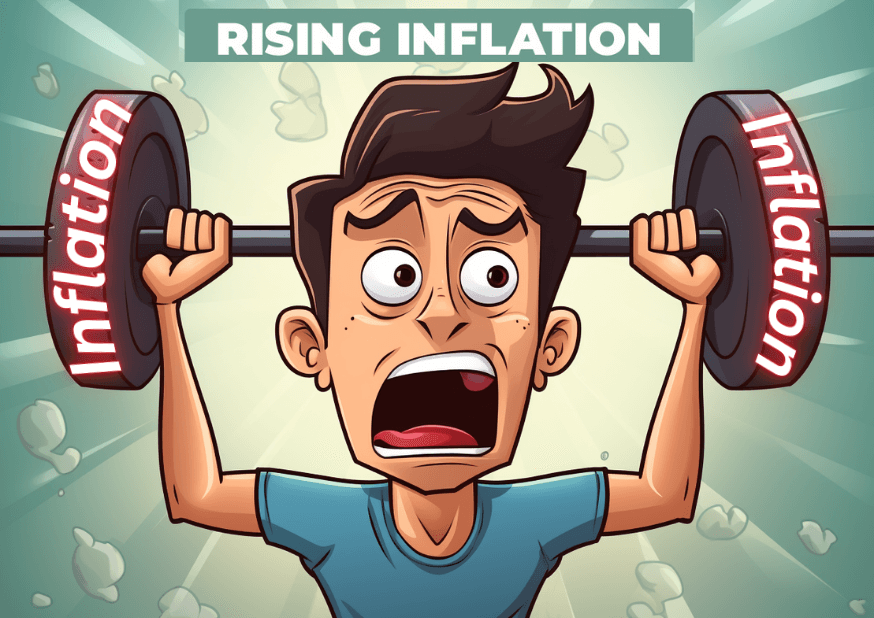
Summary
Inflation is a complex economic phenomenon that impacts everyone’s purchasing power. Businesses and people need to know many things about inflation. Doing so will help you stay prepared and ready to make solid financial decisions.
Inflation varies widely in length and intensity. And this is completely influenced by government policies, global economic trends, and market dynamics.
That said, the best way to uncover the patterns and trends that shed light on how long inflation typically lasts is by examining historical examples and analyzing data from different periods.
Join us as we answer the question: How long does inflation last? Discover strategies to reduce its impact on your personal finances or business operations.
Key Takeaways
- Inflation happens when the prices of goods and services rise over time.
- Hyperinflation occurs when commodity prices rise at an astronomical rate within a short time.
- Inflation can last anywhere from 1 year to decades, as it did during the 1965 to 1982 Great Inflation.
- Government policy, global economic trends, and market trends all affect how long inflation lasts.
- The Consumer Price Index (CPI) measures changes in the average price level of goods and services. It measures what households commonly consume.
- Economists use the CPI to estimate how long inflationary pressures will last.
- During inflationary times, ensure you budget wisely. Invest smartly. Regulate your spending habits. And fix your credit score.
How Long Does Inflation Last: An Overall Timeline
Short-Term Inflation
Short-term inflation is often triggered by consumer shock and often lasts for a few months. Within this time, it could lead to a sharp rise in the prices of everyday goods and services. This impact can strain your budget, and affect your purchasing power.
And the best way you can protect yourself is by staying aware of short term inflation projections. Short-term projections provide valuable insights into the immediate future of inflation.
These projections are based on economic data and expert analysis. They help us estimate how long current inflationary pressures might persist.
By monitoring short-term projections, you can better understand the expected duration of inflation.
Economists and analysts make short-term inflation projections by measuring indicators like consumer prices, wage growth, and supply chain disruptions.
An economist can analyze the current system. If consumer prices rise rapidly and supply chain issues persist, they can conclude that inflation may last longer. But, if these factors stabilize or show signs of improvement, inflationary pressures may ease.
Mid-Term Inflation
Mid-term inflation refers to inflationary trends and economic conditions that unfold over an intermediate period. This period typically spans a few years. Unlike short-term inflation, mid-term inflation reflects more sustained economic forces.
Assessing mid-term economic forecasts is crucial in determining how long inflation may last. Expert opinions and economic models contribute to shaping the mid-term outlook for inflation.
These forecasts consider government policies, interest rates, and global economic conditions. For instance, if experts anticipate that central banks will enforce rate hikes to curb inflationary pressures in the next year or two, inflation could be short-lived.
Conversely, if economic models predict sustained high levels of government spending or structural changes in the economy that fuel price increases over an extended period, it indicates a more prolonged duration of inflation.
Long-Term Inflation
This kind of inflation can last for several years and even decades. It can shape economic structures, erode savings, and disrupt long-term financial planning.
Various factors, such as government policies and economic structural changes, influence long-term inflation expectations. Economic forecasts and demographic trends also play a role in shaping these expectations.
Understanding long-term expectations is essential. It helps assess how long inflation might persist over extended periods.
One of the trends often ignored by folks asking ‘how long does inflation last?’ is Demographics. Demographic trends can impact long-term expectations. They affect labor force participation rates and productivity growth.
China’s population is aging. Fewer people are entering the workforce. This may cause China’s economic growth to slow. It may also lower future inflation levels.
Government policies, like fiscal stimulus measures or changes in monetary policy, can also have long-term effects on inflation expectations. That said. Policymakers can help mitigate the duration of inflationary pressures by implementing measures to control inflation and stabilize the economy.
Four Keys to Understanding How Long Inflation Lasts

1. Historical Patterns
Analyzing history is the most valuable tool for understanding how long inflation lasts. Studying past inflationary periods can help us identify patterns. It can also give us insights into the potential duration of future inflation.
Different countries have experienced varying lengths of inflationary cycles throughout history. It is vital to note this. Some countries have faced short-lived periods of inflation. Others have endured prolonged episodes, like the Great Inflation of 1965-1982.
During the 1970s, many countries experienced a significant price increase for several years. They also had weak economic growth during that time.
This period was known as stagflation. It was characterized by high unemployment rates. It also had stagnant economic growth and rising prices. But, some countries have managed to keep inflation low and stable for long periods.
2. Current Economic Trends
Monitoring current economic indicators allows us to gauge the duration of inflation in real-time. Factors like rising commodity prices and wage growth can influence how long an inflationary period lasts.
For instance, if commodity prices continue to rise over time, it may suggest that inflation will persist for longer.
Also, wage growth plays a crucial role in determining the length of an inflationary cycle. When wages increase faster than productivity or output growth, prices pressure upward. So, monitoring wage trends helps us understand whether inflation will be short-lived or more prolonged.
3. Predictive Indicators
Economists and central banks rely on specific predictive indicators. They use the Consumer Price Index (CPI) to estimate how long inflationary pressures will last. The CPI measures changes in the average price level of goods and services commonly consumed by households over time.
Experts can predict inflation duration by analyzing CPI data. They also use other leading economic indicators, like interest rates and employment figures.
Let’s say the CPI numbers show a consistent upward trend over several months or quarters. Well, that’s a clear sign that inflation might linger for an extended period. Inflation could be short-lived. This might happen if the CPI remains stable or starts to decline.
4. Economic Cycles
Inflation is closely tied to economic cycles. Economic cycles consist of expansion and contraction phases. The length of an economic cycle can impact how long inflation persists.
During periods of economic expansion, businesses grow. This causes an increase in demand for goods and services, leading to rising prices. Meanwhile, demand decreases during economic contractions or recessions, putting downward pressure on prices.
Understanding where we are in the current economic cycle provides valuable insights. It helps predict how long inflation might last.
So, if the economy has been expanding for a prolonged period and shows signs of overheating, inflation may continue for longer.
Four Factors That Influence How Long Inflation Lasts
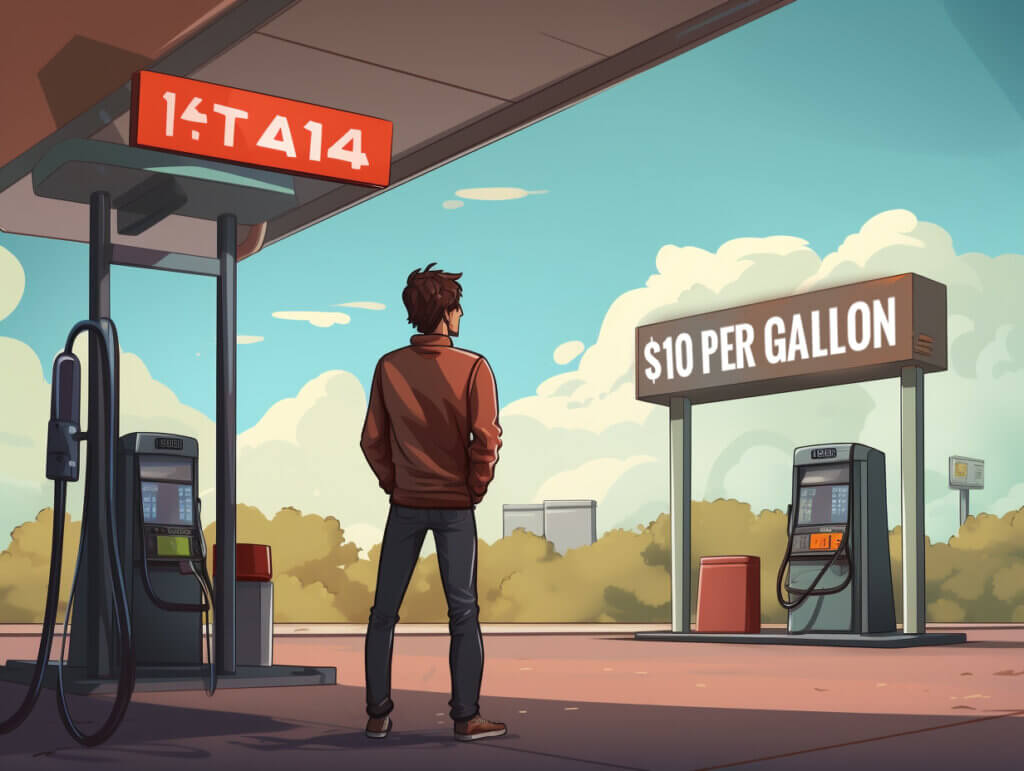
1. Monetary Policy
Central banks, like the Federal Reserve in the United States, have a significant role in controlling inflation. They do this through their monetary policy. And one of the main tools they use is adjusting interest rates.
Raising interest rates can help slow inflation by making borrowing more expensive. Central banks do this. But, lowering interest rates can stimulate economic growth. It may also contribute to higher inflation down the line.
Keep a close eye on central bank decisions. Understand their impact on inflation. This will give you insight into how long inflationary periods might last.
2. Supply and Demand
The balance between supply and demand plays a crucial role in determining price levels. It plays a vital role in shaping the duration of inflation. When demand exceeds supply for goods and services, prices rise. Consumers compete for limited resources.
This sustained increase in prices can lead to longer-lasting inflationary periods. Analyzing supply and demand dynamics helps us understand how long inflationary pressures might last.
Suppose there’s a sudden surge in demand for a specific product or commodity. This could be due to changes in consumer preferences or government policies. In that case, it can result in shortages and drive up prices.
This imbalance between supply and demand may cause inflation to persist. Inflation will continue until production meets consumer needs.
3. Global Events
Global events, such as geopolitical tensions or natural disasters, can impact the duration of inflation.
These events often disrupt economies. They affect supply chains, trade relations, and market stability. Economic disruptions caused by global events may prolong or intensify inflationary periods.
Let’s say Saudi Arabia, a major oil producer, experiences political instability. This could reduce oil production or raise transportation costs. This could raise global fuel prices.
During the Russia-Ukraine war, we saw this happen. The price of gas skyrocketed due to the ban on Russian oil exports.
Like we saw in the first few months of the war, this spike in energy costs would then ripple through various sectors of the economy. It could contribute to prolonged periods of elevated inflation.
4. Market Psychology
In addition to monetary policy and global events, investor sentiment and consumer confidence also influence how long inflation lasts. If people expect prices to keep rising, they may adjust their behavior .
This happens whenever folks rush to the store before prices increase. They create extra demand and contribute to longer-lasting inflation.
Monitoring market psychology provides insights into how long inflation expectations might last. If investors and the general public believe that inflation will persist for an extended period, it can influence their spending and investment decisions.
But, if confidence in the economy improves or signs of inflationary pressures ease, it could lead to shorter inflation.
Three Critical Impacts of High Inflation
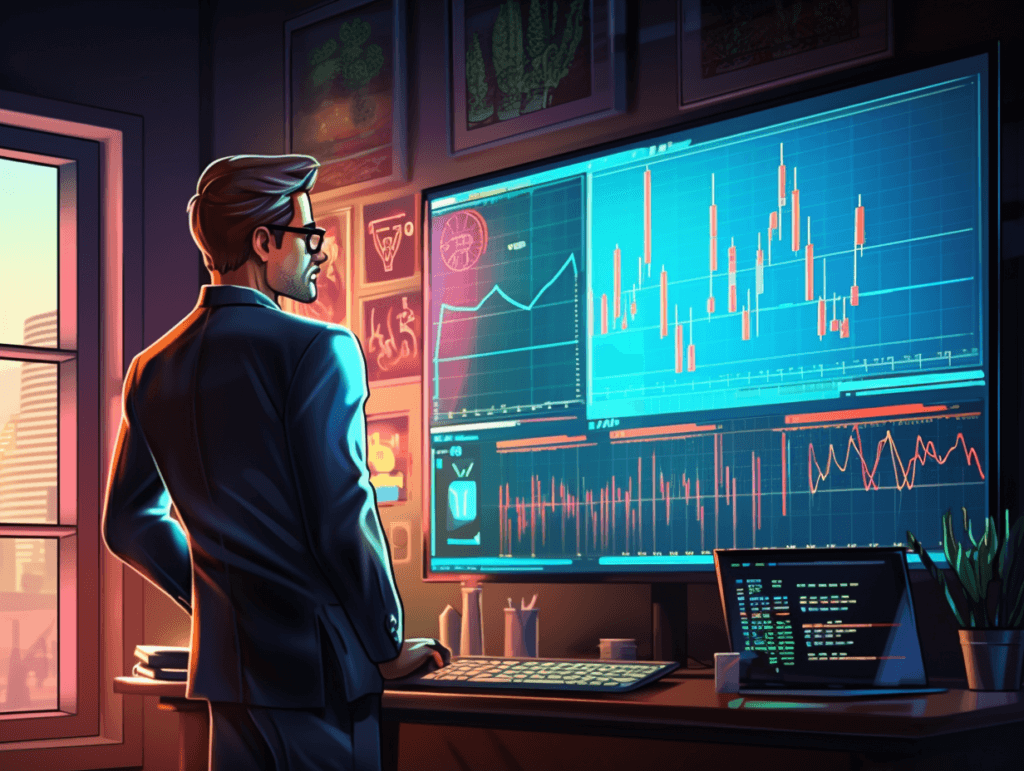
1. Consumer Wallets
The impact of inflation on people’s purchasing power determines how much damage it would do over an extended period. When prices rise faster than wages, it can lead to longer-lasting effects on people’s wallets.
Imagine the cost of essential goods and services like food, housing, and healthcare tripling in price. Incomes remain stagnant. In that case, a good chunk of people will struggle to afford them.
As a result, they may have to cut back on discretionary spending or dip into their savings to make ends meet. And if all else fails, this could lead to societal unrest.
Reducing consumer spending always slows down economic growth. It can perpetuate the inflation cycle.
2. Financial Markets
Inflation also impacts financial markets, including stocks, bonds, and commodities. These markets’ behavior can reveal how long inflation might last.
During periods of high inflation, investors may seek alternative investments. The investments offer protection against eroding purchasing power. They may opt for reliable assets like gold, silver, or real estate that keep value during inflation.
You should track market reactions to inflationary pressures. This can help you gain insights into the potential duration of inflation. So watch for rising interest rates or changes in stock prices.
3. Economic Growth
The economic growth rate is crucial in determining how long inflation lasts. Strong economic growth can lead to shorter-lasting inflation. Increased production and job opportunities help ease price pressures.
But, sluggish growth can prolong the effects of inflation. Businesses struggle to expand and create new jobs. Central banks often raise interest rates during excess inflation. This helps to curb spending and cool down the economy.
Higher interest rates can hinder borrowing and investment activities. They could further slow economic growth.
Analyzing the relationship between economic growth and inflation provides insights. It helps us predict how long inflation might persist.
Suppose policymakers put in place effective measures to stimulate economic activity. They should also address the underlying causes of high prices. For example, supply chain disruptions. In that case, they can reduce inflationary pressures and shorten the duration of inflation.
If these measures don’t work or structural issues persist, inflation may continue for longer.
It is crucial to understand the impact of high inflation. It affects consumer wallets, financial markets, and economic growth. It helps us assess how long it might last.
Experts can make informed predictions about the duration of inflationary periods. They do this by analyzing affordability, market reactions, and economic indicators.
This knowledge can help individuals and businesses plan their finances. It can also help them navigate challenging economic conditions.
Three Things You Must Do During Inflation

1. Start Budgeting Wisely
Budgeting wisely is crucial for individuals and businesses. It reduces the impact of inflation. Creating an effective budgeting strategy will help you navigate inflation. It will also cut its effects on your finances.
During price increases, it becomes even more critical to plan your expenses carefully. We can better prepare ourselves financially by creating a budget that accounts for potential inflation.
This means allocating funds for essential expenses. You also set aside some savings as a buffer against rising prices.
Don’t stop with budgeting. Ensure you prepare a detailed financial plan. This involves evaluating your income sources. Analyze your spending patterns. Identify areas where you can cut back or make adjustments. Doing so ensures your financial resources are properly allocated.
2. Make Smart Investment Choices
Making informed investment choices is vital to surviving and thriving during periods of high inflation. During specific durations of inflation, certain investments like real estate or commodities may outperform stocks.
So, understanding which investment choices are suitable for different lengths of inflation is crucial for optimizing returns.
Real estate is considered a good hedge against inflation. This is because it has the potential to appreciate over time. Investing in properties or real estate investment trusts (REITs) can protect against rising prices. Rising prices erode purchasing power.
Commodities like gold and silver are also often considered safe havens during inflation. These precious metals tend to keep their value even when currency values fluctuate. Investing in commodities can diversify your portfolio and hedge against inflation’s effects.
Remember that each investment choice comes with its risks and rewards. So, ensure you conduct thorough research. Get professional advice to make informed decisions. Base them on your financial goals and risk tolerance.
3. Regulate Your Spending Habits
Another effective strategy for coping with varying inflation durations is to adjust your spending habits. Being mindful of discretionary expenses can help you manage the effects of inflation more effectively. Prioritizing essential purchases can also help.
During periods of rising prices, it’s vital to cut back on non-essential expenses. This could mean reducing luxury purchases. It might also mean cutting back on expensive gym memberships, dining out, and entertainment costs.
Focus on your needs rather than wants. It’ll help you better ration your financial resources and adapt to the changing economic landscape.
Also, try your best to seek cost-saving alternatives to help you navigate inflationary times. This could include shopping for discounted items, using coupons, or loyalty programs. It could also involve exploring more affordable brands or options for goods and services.
Two Positive Aspects of Inflation

Controlled Inflation Can Be Beneficial
Controlled inflation, when managed effectively, can positively affect economic growth and employment levels. Yes, high inflation rates can harm an economy. But, a moderate inflation level can stimulate economic activity.
One benefit of controlled inflation is that it encourages spending and investment. When people expect prices to rise in the future, they are more likely to spend their money now rather than saving it.
This increased spending boosts consumer demand and drives economic growth. Businesses may be more inclined to invest in new projects or expand their operations during periods of controlled inflation as they expect higher profits.
Another advantage of controlled inflation is its impact on employment levels. With moderate inflation, companies often experience higher revenues thanks to increased consumer spending.
This can lead to job creation as businesses expand their workforce to meet the growing demand for goods and services.
Controlled inflation can incentivize workers to negotiate for higher wages. This is because they expect rising prices. As a result, employees may experience improved purchasing power and a higher standard of living.
Allows for Economic Change
The duration of inflation is influenced by various economic adjustments that occur within an economy. For example, wage increases play a significant role in determining how long inflation lasts.
When wages rise at a similar rate as prices, people’s purchasing power remains stable over time. But, if wage increases lag behind price increases, consumers may struggle to afford goods and services. This may lead to extended periods of sustained inflation.
Productivity improvements within industries can affect the duration of inflation. Businesses may pass savings onto consumers through lower prices when they become more efficient and produce goods at lower costs. Or, they may maintain current prices while increasing profits.
This can help moderate inflation and shorten its duration. The speed at which an economy adapts to changing conditions also influences how long inflation lasts.
If an economy is slow to adjust to external factors, such as changes in international trade or technological advancements, it may experience prolonged periods of inflation.
Meanwhile, economies that are quick to adapt can mitigate the effects of inflation and restore stability more rapidly.
Monitoring economic adjustment processes offers valuable insights. It can reveal potential changes in inflation duration.
Policymakers can make informed decisions to manage and control inflation by analyzing wage dynamics, productivity improvements, and economic adaptability.
The Global Economic Crisis and Inflation
International Comparisons
Comparing inflation rates across different countries can provide valuable insights. It can help predict how long inflation may last. Various factors contribute to the varying lengths of inflationary periods. These factors include government policies and global economic conditions.
Analyzing these international comparisons, you can better understand how long inflation might persist in a specific country or region.
During the 2008 global financial crisis, many countries experienced a significant increase in inflation. But, the duration of this inflationary episode varied from one country to another.
Some countries could control and mitigate the impact of high inflation more effectively than others through appropriate policy measures and economic reforms.
This highlights the importance of understanding international comparisons. It’s essential for assessing the potential duration of inflation.
Crisis Management
Crucial crisis management strategies mitigate the impact and duration of high inflation during turbulent times. Governments and central banks can influence how long an inflationary episode lasts during crises. Timely and appropriate measures taken by these entities can help.
During economic crises, governments may use fiscal policies to stabilize prices. They also use them to control inflation. These policies could include reducing government spending, increasing taxes, or implementing monetary tightening measures. These measures include raising interest rates.
Central banks also have tools to manage inflation. For example, they can adjust monetary policy instruments. They can adjust reserve requirements or open market operations.
Policymakers can gain valuable insights by studying successful crisis management approaches from past experiences. They can also learn how to address high inflation levels and reduce their duration.
Learning from historical examples helps inform decision-making processes. It is valuable when faced with similar challenges in the future.
For instance, after experiencing hyperinflation in the 1980s, several Latin American countries implemented comprehensive stabilization programs. These programs brought down their high levels of inflation over time.
These programs focused on fiscal discipline and structural reforms. They also included exchange rate adjustments and strengthening central bank independence.
Policymakers can use the lessons learned from these experiences to manage inflationary pressures. They can also use the lessons to cut the duration of inflation.
Last Thoughts
So, how long does inflation last? As we’ve explored in this article, inflation duration can vary. This depends on factors like economic conditions, government policies, and external shocks.
It’s difficult to predict the exact timeline for inflation. Understanding the underlying causes and effects can help us navigate these uncertain times.
Inflation may seem overwhelming, but you can take steps to reduce its corrosive impact. So ensure you embrace strategies like budgeting, diversifying your investments, and staying informed about market trends.
Remember, knowledge is power. Keep educating yourself about economic trends. Seek professional advice when needed.
Inflation is a complex phenomenon that affects us all in different ways. You can protect your future by making sound financial decisions. Stay proactive and informed. So, don’t let inflation catch you off guard!
FAQs
1. How long does inflation last?
Inflation duration varies depending on various factors like economic conditions and government policies. It can range from a few months to several years.
2. What are the factors that influence inflation?
Factors like money supply, demand and supply dynamics, fiscal and monetary policies, global events, and market expectations influence inflation.
3. How can I reduce the effects of inflation?
You can reduce the effects of inflation by investing in assets that appreciate during inflation. Diversify your investment portfolio and focus on increasing your income through more sources.
4. What strategies can people adopt during periods of high inflation?
During high inflation, you should focus on essential purchases over non-essential ones. Always compare prices before making purchases. Also, consider bulk buying to save costs in the long run. Explore alternative brands or products.
5. Are there any positive aspects of inflation?
Inflation often triggers a negative reaction. But, controlled inflation has some positive aspects. It encourages spending and investment because people expect prices to increase.
Controlled inflation also reduces the debt burden for borrowers over time. It stimulates economic growth.
Our Latest Blogs:

ThisIsJohnWilliams

ThisIsJohnWilliams
FREE Strategy Session to Fix Your Credit Blogs / Facebook Twitter Linkedin Instagram Share Summary Get your financial freedom...

ThisIsJohnWilliams

ThisIsJohnWilliams

ThisIsJohnWilliams
FREE Strategy Session to Fix Your Credit Mostbet Login Formas De Entrar Na Conta Mostbet PortugalCrypto deposits and withdrawals...



